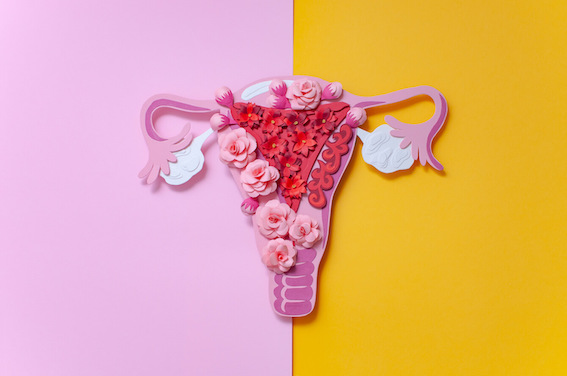Signs And Treatment Of Endometriosis
Related Topics (Sponsored Ads):
It is a condition that is common to only females. Endometriosis occurs when endometrial-like tissue grows on your ovaries, bowel, and tissues lining your pelvis. Most times, its growth occurs within the pelvic region and is less frequently spread beyond your uterus.
Endometrial tissue growing outside of your uterus is known as an endometrial implant. The tissue swells and bleeds like endometrial tissue, but there is nowhere for the waste tissue and blood to go, which causes health complications in the woman.
It is a condition that is common to only females. Endometriosis occurs when endometrial-like tissue grows on your ovaries, bowel, and tissues lining your pelvis. Most times, its growth occurs within the pelvic region and is less frequently spread beyond your uterus.
Endometrial tissue growing outside of your uterus is known as an endometrial implant. The tissue swells and bleeds like endometrial tissue, but there is nowhere for the waste tissue and blood to go, which causes health complications in the woman.

Causes Of Endometriosis
The condition which causes significant complications within the uterus could result from:
– Transformation Of Peritoneal Cells
Peritoneal cells that line the walls of the could undergo biological transformation. This transformation could also lead to the abnormal growth of tissues, resulting in endometriosis.
– Surgical Scar Implantation
Endometrial cells may attach to a surgical incision after surgery, such as a hysterectomy or C-section. This factor could also lead to disorder growth of uterine cells.
– Retrograde Menstruation
In retrograde menstruation, menstrual blood containing endometrial cells flows back through the fallopian tubes and into the pelvic cavity instead of out of the body. These endometrial cells stick to pelvic organs’ pelvic walls and surfaces, where they grow, multiply, and thicken to cause bleeding in every menstrual cycle.
– Immune System Disorder
There could be a problem in the immune system which reduces the body’s ability to recognize and destroy endometrial-like tissues growing outside the uterus
Symptoms
As said earlier, the condition is common to females, and so, the symptoms are pretty related to the pelvic areas. The primary symptom of endometriosis is pelvic pain, often associated with menstrual periods. Although many experience cramping during their menstrual periods, those with endometriosis typically describe menstrual pain that’s far worse than usual and very uncomfortable.
– Heavy Menstrual Bleeding
The growth of these endometrial-like cells and tissues multiply and thicken to the extent of causing excessive menstrual bleeding. You may experience occasional heavy menstrual periods or bleeding between periods. This is usually followed by discomfort.
– Infertility
Recently, there have been some diagnosed cases of infertility resulting from tissue growth outside the uterus.
– Pain During Intercourse And Urination
Pains occurring during intercourse are a common sign of endometriosis. You could also experience pains during urination.
Treatment
There has not been a cure for endometriosis, but treatments help mitigate its potential to cause severe complications further. Medical and surgical options are available to help reduce your symptoms and manage any complications. Your doctor may first try conservative treatments. They may then recommend surgery if your condition doesn’t improve.
There are other treatment options, depending on the one that is best for you. Some of these treatments include:
– Hormonal contraceptives
– Pain therapy
– Conservatives surgery
– Hormone medication
– Natural remedies

